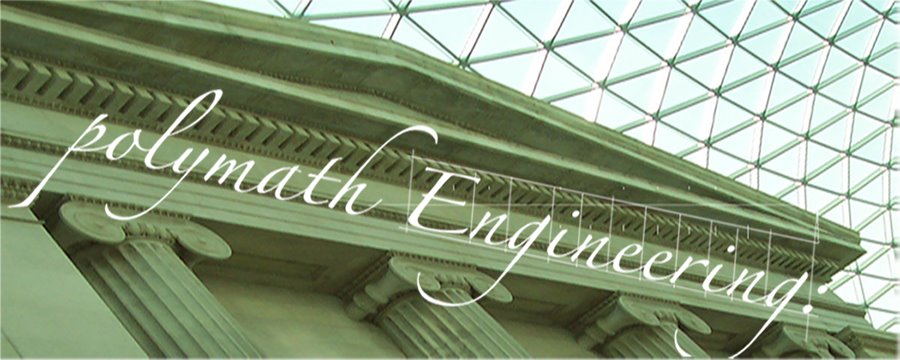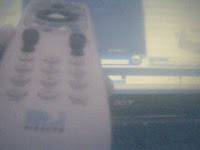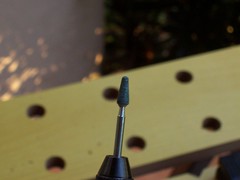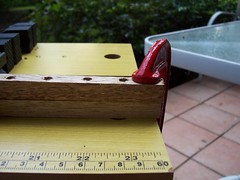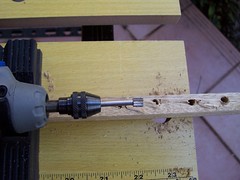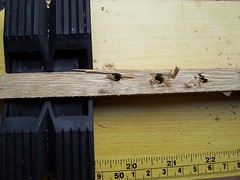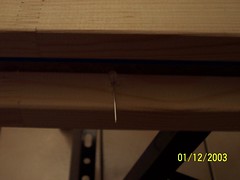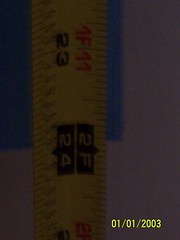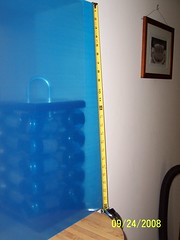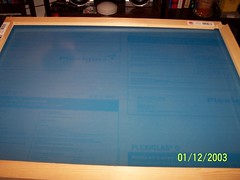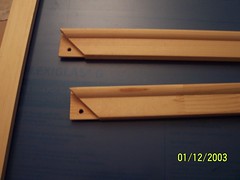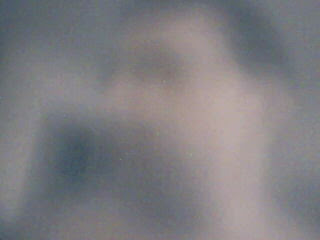This is the completed set up. I don't have any experience or tools with woodworking so building a wooden frame from scratch would have been to costly and time consuming. To overcome that difficulty I chose PVC pipe. I bought 40 feet of 1.5 inch pipe, 6 t joints, 2 crosses and 8 90 degree elbows. I didn't take into account the extra length of the joints - I thought these distances would be minimal. However, with the diameter of the pipe I chose this judgment proved wrong as these joints added significant length to the frame. This meant I had to adjust my original measurements, cut the pipe more times than I care to mention ( actually about 3 times on certain pipes) and I need to measure the angle. The original design was meant for a 35 degree angle at the part of the base closest to the user. At the moment I have not glued the pipes together. This is because the only way to get a projector to finish the project is to borrow one from the McNair program at my university (FIU). So, I'll need to have helpers to steady the base to keep the multi touch display from falling. Once I can get a projector at my house (If anyone wants to donate an old working one I'll take it), then I'll fix the pipes in place. I can't wait to get this thing running! I might be able to conduct a mouse test in the mean time at my house. This would mean I'll test the compliant surfaces I've been working on and verify that the screen is fully visible to the camera. My calculations hint that a height of 36" should be enough to get a sloped screen fully in view. I should be verfying all this shortly.
In the mean time I'll be seeing how long the pipe frame can hold it's own weight. I obviously won't have the display on it!
